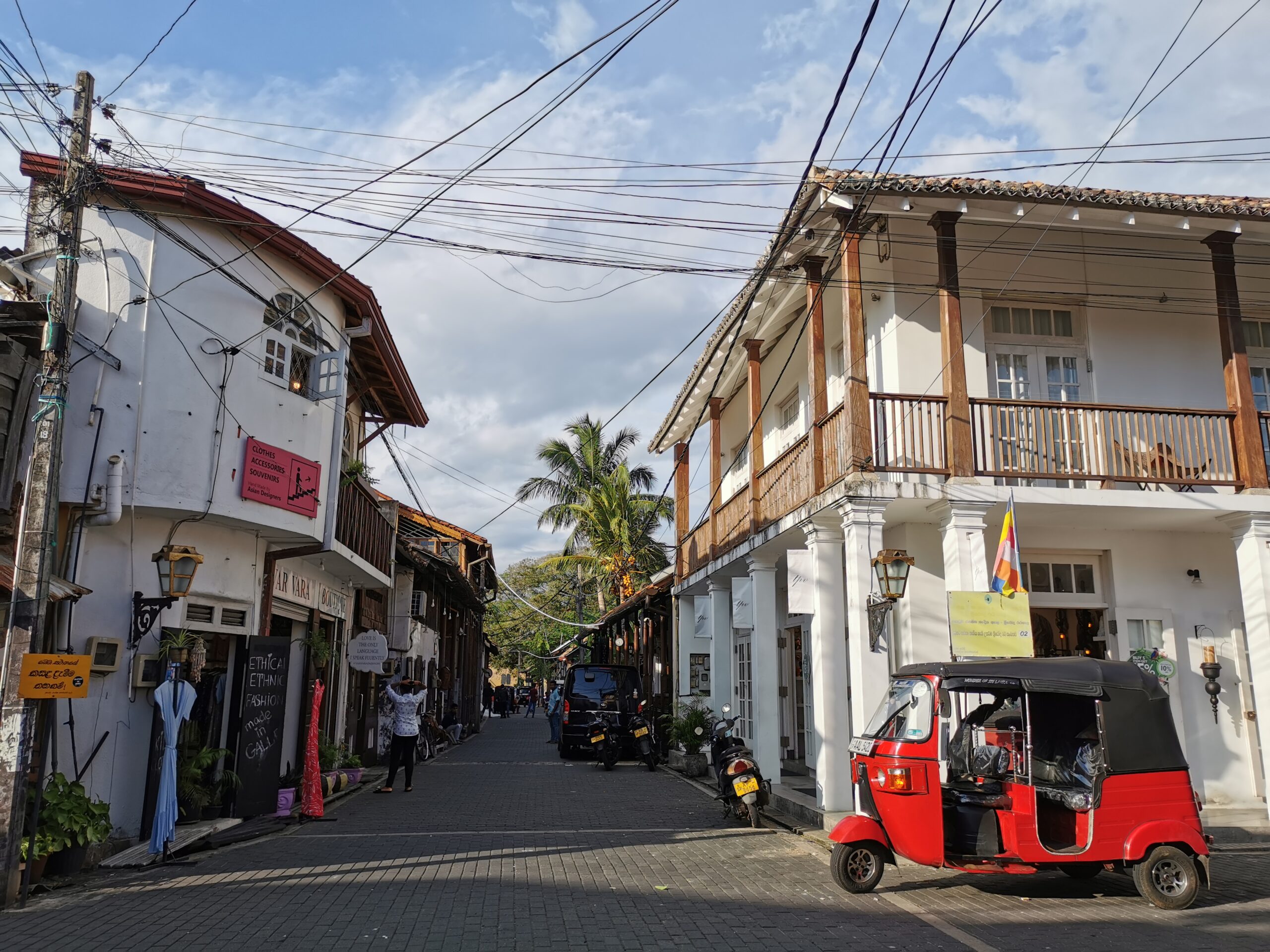While the continent registered the highest drop in tourist arrivals in 2020, provisional UNWTO figures indicate recovery should begin in the next year
Of all the continents in the world, Asia reacted to the Covid crisis in 2020 by adopting the most radical measures, with many countries shutting down their borders to all foreign movements.
For a year now, few if no visitors have been allowed in most countries of the continent. According to UNWTO figures, total arrivals reached last year 53.6 million arrivals compared to 342.9 million a year earlier. This represented a drop of 84.3%.
Tourism in countries such as China, India, Indonesia, Japan, Singapore, South Korea or Vietnam only survived from domestic movements. Only a handful of Asian countries continued to welcome foreign travellers. Cambodia and Thailand allowed some travellers under certain conditions assorted with a compulsory two-week quarantine. The Maldives reopened already last July; Nepal did the same at the end of last year, and Sri Lanka opened in January. The Maldives consequently managed to keep the drop in tourist arrivals to 67.5%.
Northeast Asia relied only on domestic tourism
Last year, all countries in Northeast Asia restricted access to foreign travellers by limiting international flights. China closed all its borders to foreign travellers and relied only on the generally huge volume of domestic travellers. Other countries or regions such as Japan, South Korea or Taiwan adopted similar policies.
In Southeast Asia, flagship countries in international tourism such as Vietnam, Indonesia, Singapore or Malaysia have not been open to foreign travellers since April 2020. Others such as Thailand and Cambodia tried to reopen to wealthier travellers. However, the situation is due to improve this year. Thailand is looking at ways to ease restrictions on quarantine conditions and potentially prepare itself to reopen for travellers who have been vaccinated. Bali looks like reopening to certain countries under a “green corridor” agreement. Singapore is mulling over similar solutions.
Southern Asia recorded a slightly better performance according to UNWTO, with total international arrivals in 2020 representing 23.5% of the numbers recorded in 2019. While India completely closed its borders to international travellers, the tourism sector relied on the huge number of domestic travellers. However, in February, the government spoke of a “calibrated resumption of tourist visas on a country-specific basis following strict protocols for those able to enter the country”.

NEWS
Domestic tourism helped some Asian countries to survive last year. For example, hotels in Indian leisure destinations recorded average occupancy of 65% to 70% in destinations such as Kerala, Goa or Rajasthan. City hotels suffered more with occupancy hanging around 30% to 35% due to a weak business travel market, according to the Federation of Associations of Indian Tourism and Hospitality.
PATA earlier this year published forecasts for 2021 and 2022 under three scenarios: mild, medium and severe. In 2021, the association estimates that total international visitor arrivals could represent between 3% and 20% of 2019 volume. 2022 should see a sharp bounce back, with numbers between 23% and 56.4%.
China recorded a total volume of 2.88 billion domestic trips made by tourists in 2020, representing a slump of 52.1% year on year, according to the Ministry of Culture and Tourism. The situation improved during the year as the pandemic in the country receded. While the first quarter recorded only 295 million trips, total trips reached 946 million in the fourth quarter.
Photo: UNESCO World Heritage Site of Sukhothai in Thailand remained empty of international travellers in 2020- like most of Asia
© Cleverdis/LCitrinot
